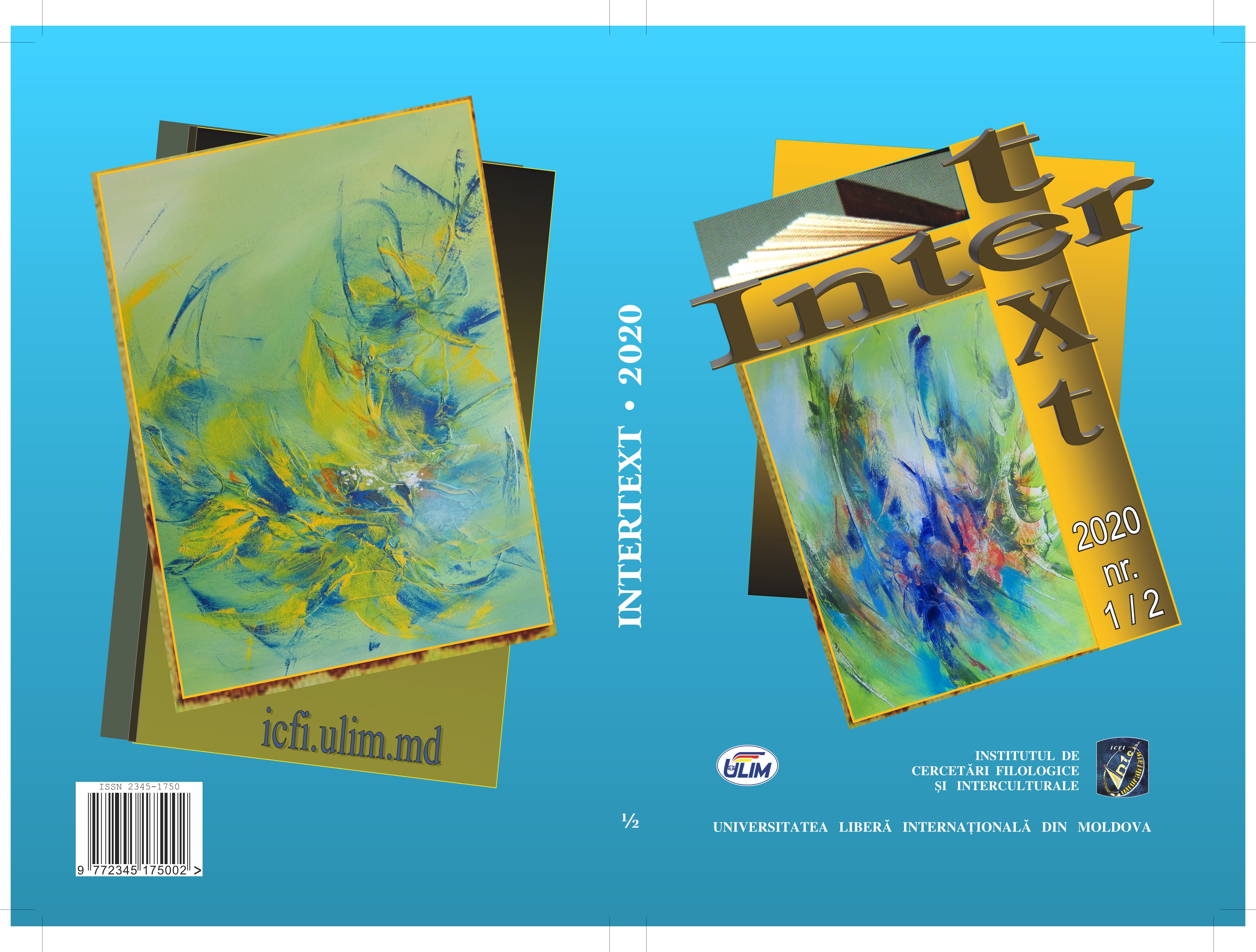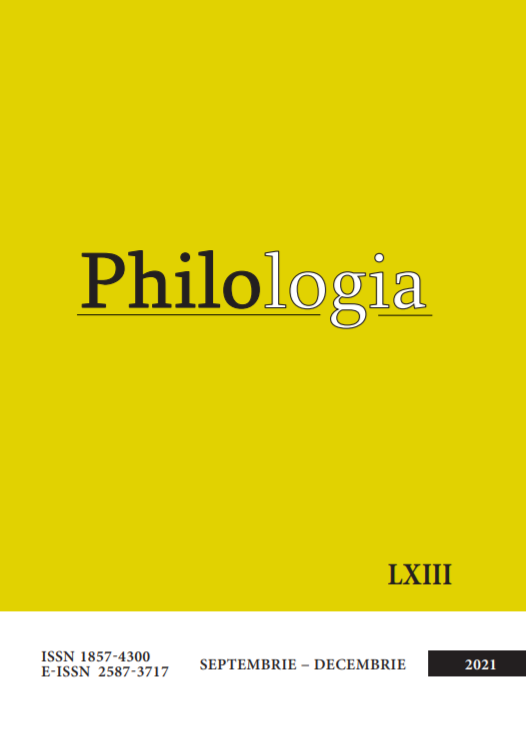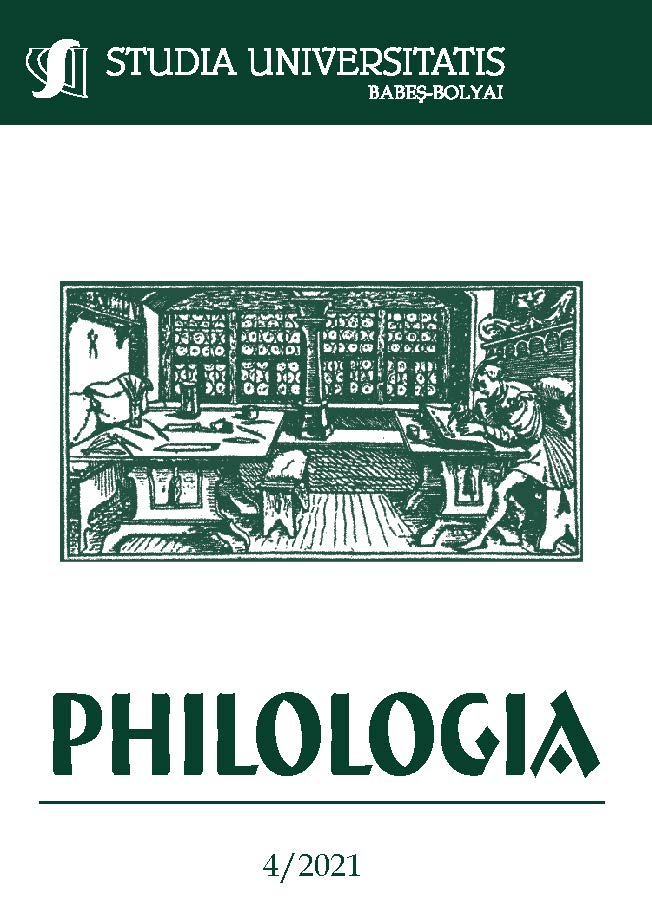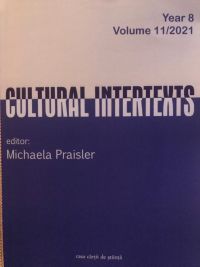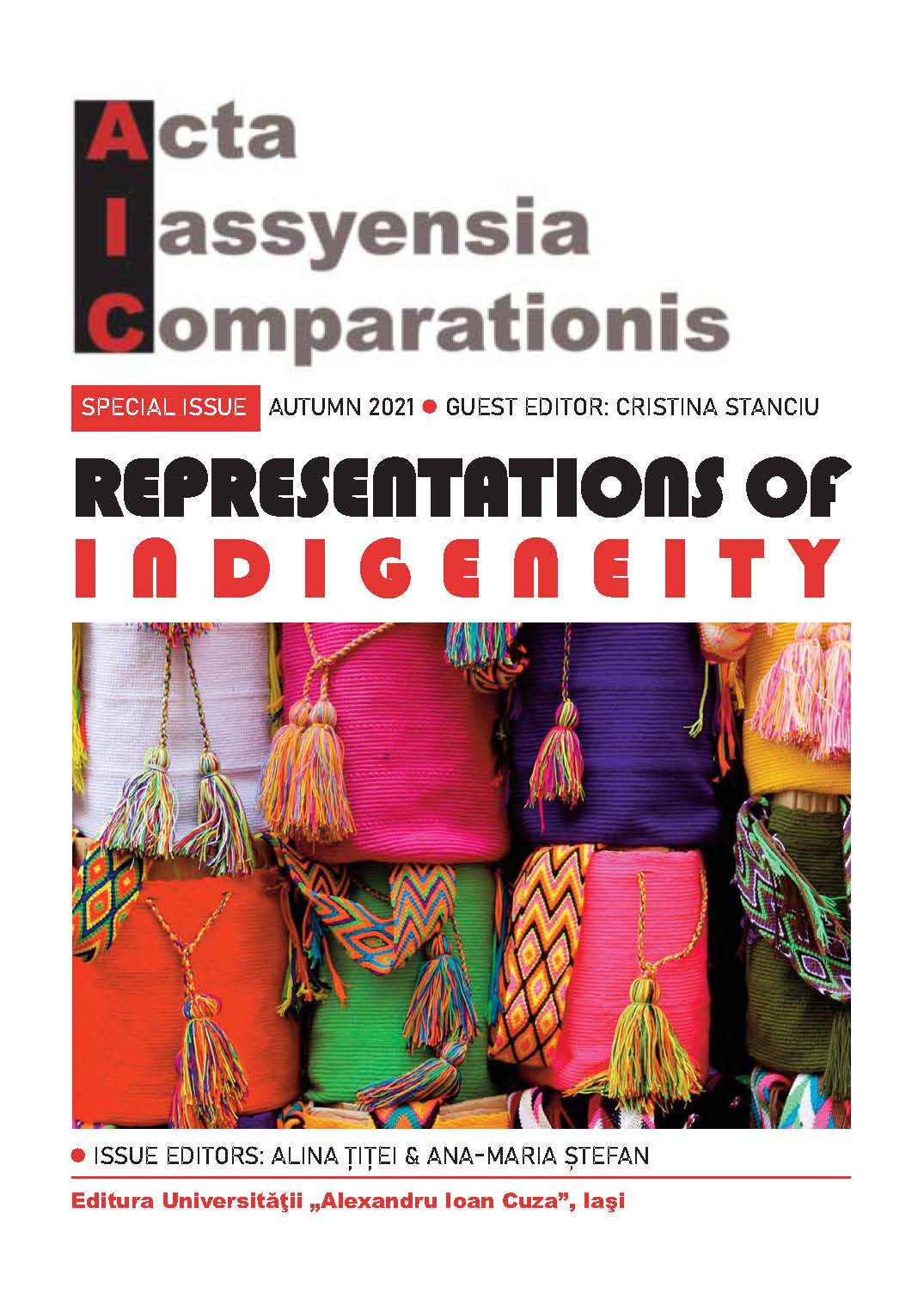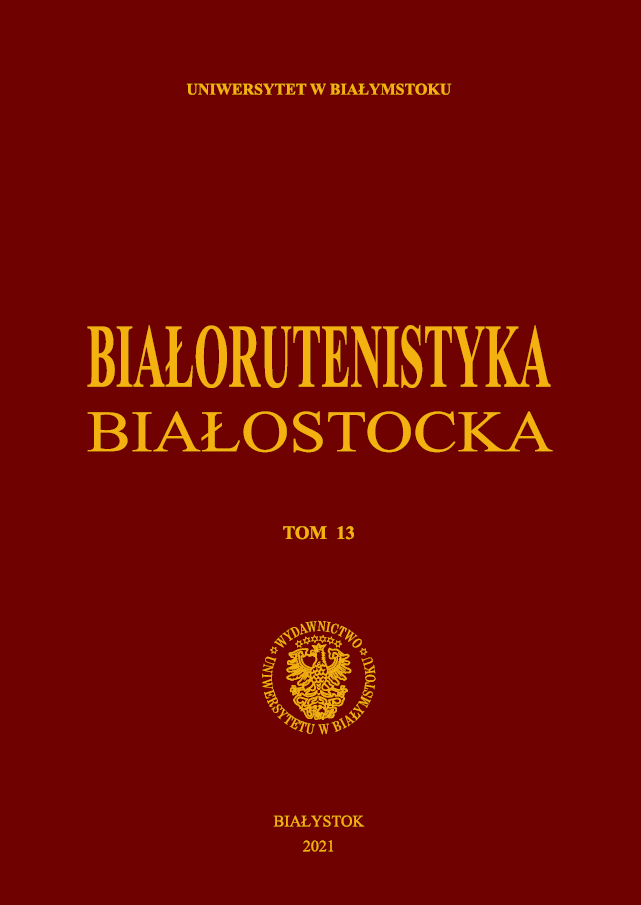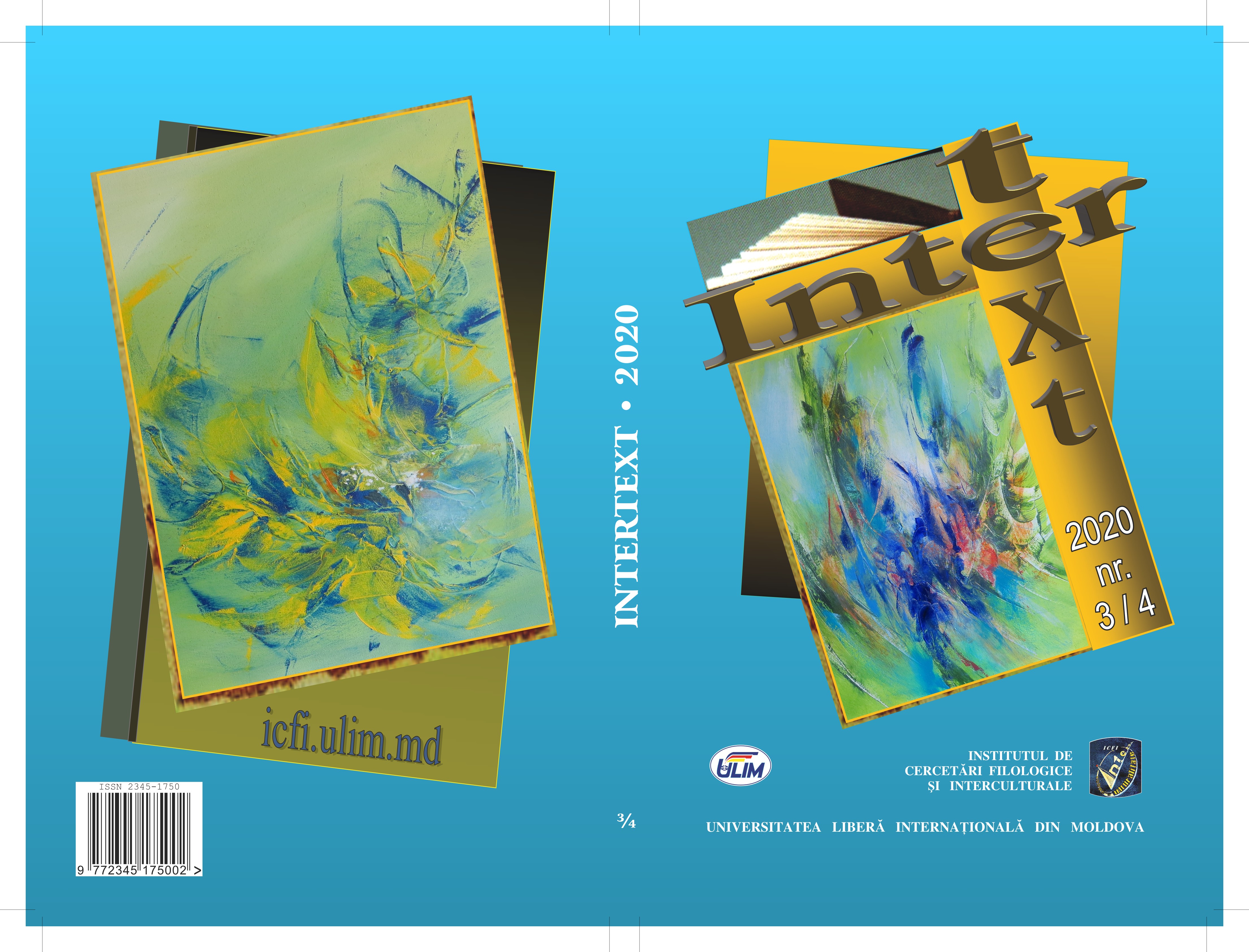
Versiunea Feminină A Prozei Chineze: Teng Xiaolan, Pan Xiangli Și Xue Shu
This article analyzes three texts signed by three modern Chinese writers, published in French translation of 2014 edition of the journal “Promesses littéraires”, under the patronage of the cultural mission “La Maison de la Chine”, at Beijing. The Chinese literature written by women is, until now, “an unknown continent” and presents a peculiar interest to the extent that it provides an unusual vision over the writing itself and the feminine condition. The analysis highlights the differences of style, composition, concept of space, object world and behavioral structures between masculine and feminine prose.
More...
